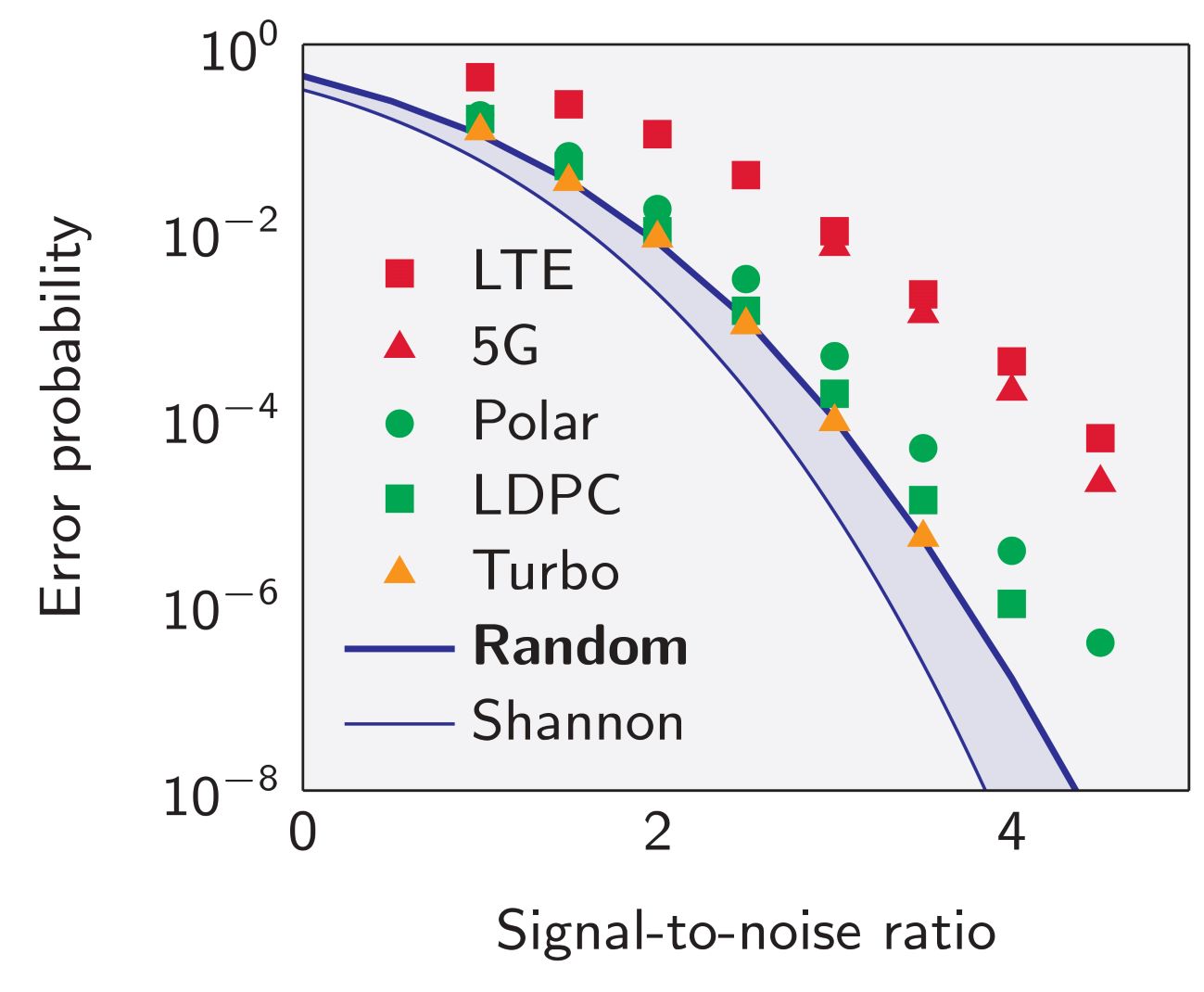Breakthroughs in coding methods of wireless communication systems
A paper published in IEEE Transactions on Communications by Josep Font-Segura, Alfonso Martínez and Albert Guillen (ICREA), all members of the DTIC, studies finite length codes, which are essential for future wireless communication systems, and propose a method that reduces the computational cost in evaluating these codes.

Current wireless communication systems use coding methods to combat interference and the many obstacles found between our terminals and the base stations or access points. A code is a set of bits that allow sending information such as text messages, photos or videos via a communication channel introducing redundancy or repetition, so that the probability of receiving the information erroneously is very low.
Today, most of the codes used in our devices, even the most modern that will be used in 5G technology, are based on the premise established by the mathematician and cryptographer Claude E. Shannon (1916-2001) in 1948: the length of these codes, and therefore of the transmissions, must be sufficiently long to achieve a low probability of error.
Future wireless communication systems that are to facilitate the deployment of technologies such as the Internet of Things or autonomous vehicles, require very short, fast and highly reliable transmissions
However, future wireless communication systems that are to facilitate the deployment of technologies such as the Internet of Things or autonomous vehicles, require very short, fast and highly reliable transmissions. Hence, the study of finite length codes is essential. In general, however, optimal finite length codes are still unknown. In this sense, random coding can help both code theorists and code design engineers to understand what these codes must be like in the future.
“In our work, we present a method that drastically reduces the computational cost by estimating the probability of error of random finite length codes indicating how the information should be generated and the communication channel simulated”
Calculating the performance of random finite length codes is a computational challenge
Calculating the performance of random finite length codes is a computational challenge, especially because millions of transmissions must be simulated until you get a transmission error and thus correctly estimate the probability of code error. The importance sampling simulation technique enables estimating this probability of error by generating information in an intelligent way.
“In our work we present a method that drastically reduces the computational cost by estimating the probability of error of random finite length codes indicating how the information should be generated and the communication channel simulated”, explains Josep Font-Segura, first author of a study published in IEEE Transactions on Communications along with Alfonso Martínez and Albert Guillen i Fàbregas (ICREA), all with the Department of Information and Communication Technologies (DTIC) at UPF.
The authors have established the fundamental limits of the performance of their estimator, demonstrating mathematically that achieving a reliable estimate of the probability of error requires an exponentially lower number of transmissions than needed using traditional simulation techniques
“Our method is generic and enables simulating the transmission of information encoded in any known modulation, such as PSK or QAM, and in any model of communication channel, such as the Rayleigh channel, which correctly models the propagation of signals in urban environments”, Font-Segura explains.
In addition, “we have established the fundamental limits of the performance of our estimator, demonstrating mathematically that achieving a reliable estimate of the probability of error requires an exponentially lower number of transmissions than required using traditional simulation techniques”, the authors add.
An example of the method’s potential is shown in the figure, which illustrates the performance of the best codes known today compared with the estimate of the performance of the optimal codes calculated by the authors of the work. “This comparison shows that there is still room for improvement in the design of codes, especially under the premise of the stringent requirements of reliability and response time of future wireless communication systems”, Font-Segura concludes.
Related work:
Josep Font-Segura, Alfonso Martínez, Albert Guillen i Fàbregas (2019), “Importance Sampling for Coded-Modulation Error Probability Estimation”, IEEE Transactions on Communications https://doi.org/10.17863/CAM.45365
